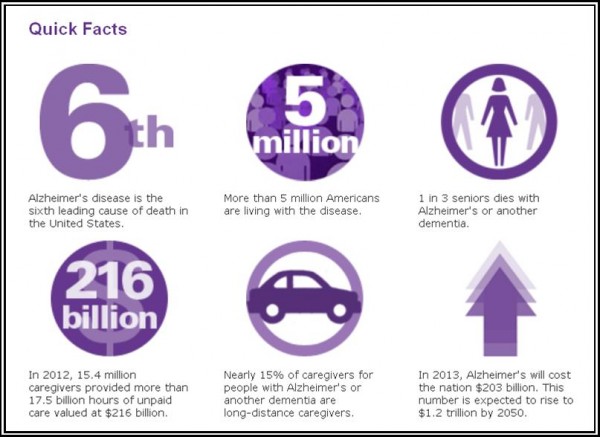One-Third of Connecticut Legislators are Women, Reversing State Trend, Ranking 14th in U.S.
/As the new Connecticut legislative session gets underway, 33.5 percent of lawmakers are women, the 14th highest percentage among the states. The Connecticut legislature now includes 61 women, apparently the high water mark in state history, and exceeding the national average among the states of 28.5 percent.
In the Senate, there are currently 9 women out of 33 members. Eight of the nine are Democrats. In the House, which currently has 149 members, 29 are Democrats and 22 are Republicans.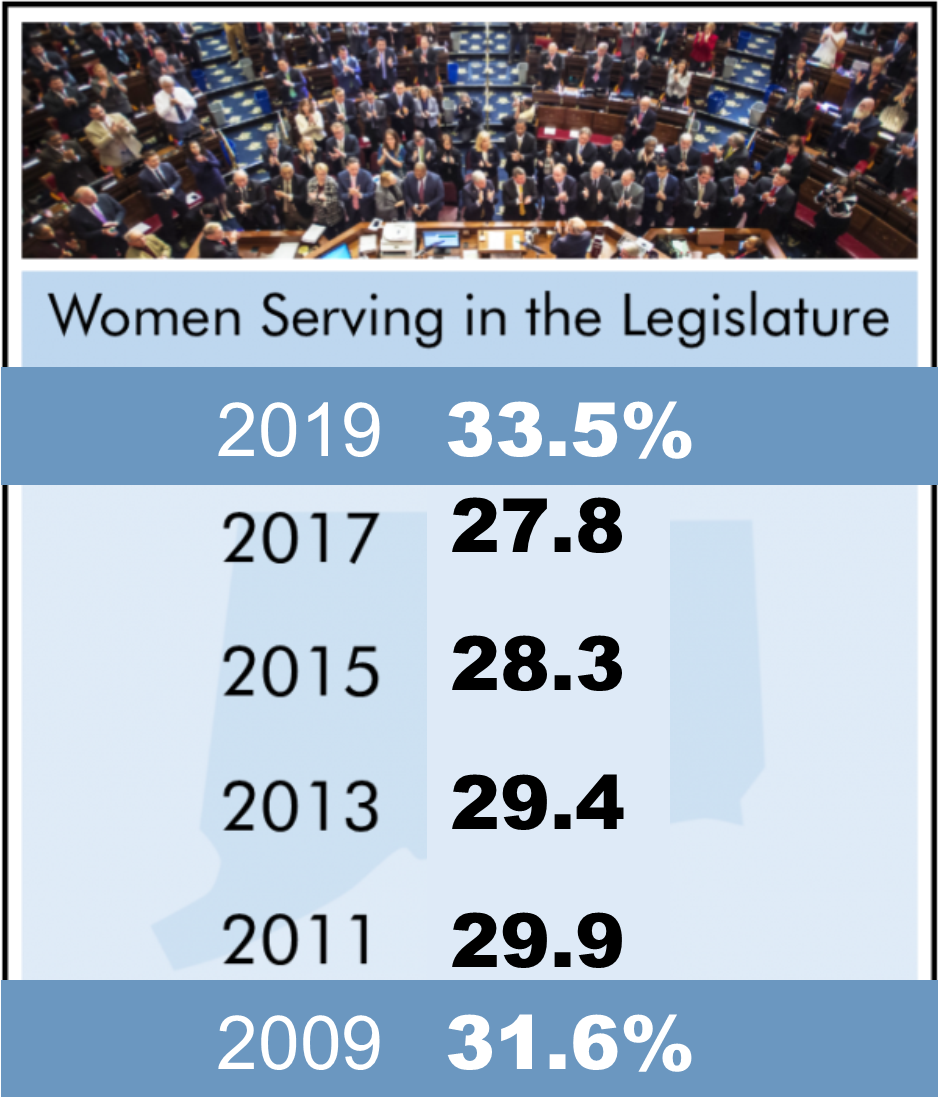
Connecticut’s 33.5 percent is from 182 seats, with five vacancies to be filled in special elections on February 26. Candidates for those seats have not all been selected.
The ranks of women dropped by two in the Senate between Election Day and Opening Day of the legislative session, with former Senators Terry Gerratana of New Britain and Beth Bye of West Hartford accepting positions in the Lamont Administration and not taking the oath of office for a new legislative term. Two male House members and a male Senate member also did not take their oaths of office in order to join the administration.
Nearly one-third of the women in the legislature this year - 20 of the 61 female legislators - are in their first term in the General Assembly. Last year, women represented just over 27 percent of the legislature’s membership.
The 2018 election marked a slight comeback for Connecticut in terms of female representation.
Prior to this year, the state had fallen from ranking 8th to 19th during the past decade in the percentage of women serving in the legislature, with the percentage dropping from 31.6% as recently as 2009, according to the National Conference of State Legislatures. Connecticut’s 2009 legislature included 59 women, 31.6 percent of the membership, the 8th highest percentage among the states. In 2011, there were 56 women, 29.9 percent.
For their 2019 legislative sessions, the states with the largest contingent of female legislators are Nevada 50.8%, Colorado 47%, Oregon 41.1%, Washington 40.1%, Vermont 39.4%, Arizona 38.9%, Alaska 38.3%, Maine 38.2%, Maryland 37.8%, Rhode Island 37.2%, Illinois 36.2%, Michigan 35.8% and New Mexico 34.8%. As with Connecticut, the numbers in other states may vary slightly due to resignations or elected legislators opting not to serve.
Nationally, women hold 2,110 of 7,383 state legislative seats. Democrats hold more than twice as many – 1,430 Democrats and 663 Republicans. That is an increase of more than 300 Democratic women and a drop of about 40 Republican women in state legislatures across the country compared with 2017, according to NCSL data.
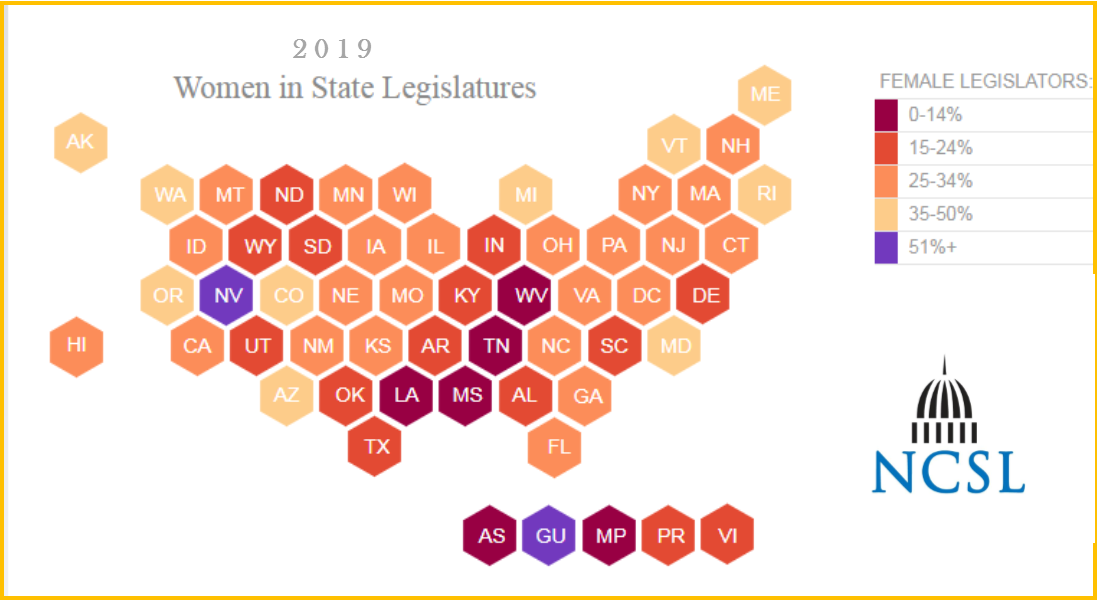


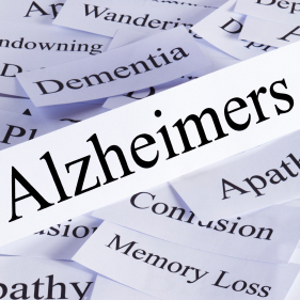
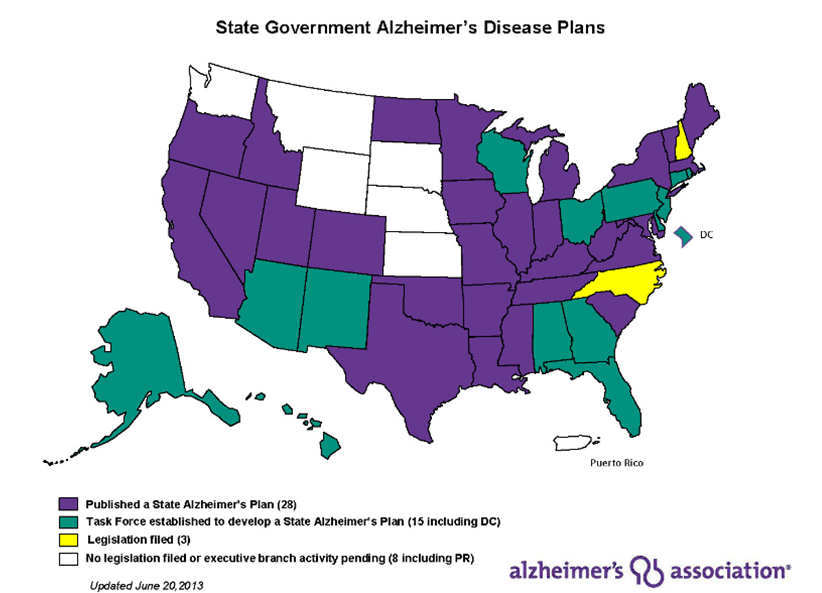 vers.
vers.